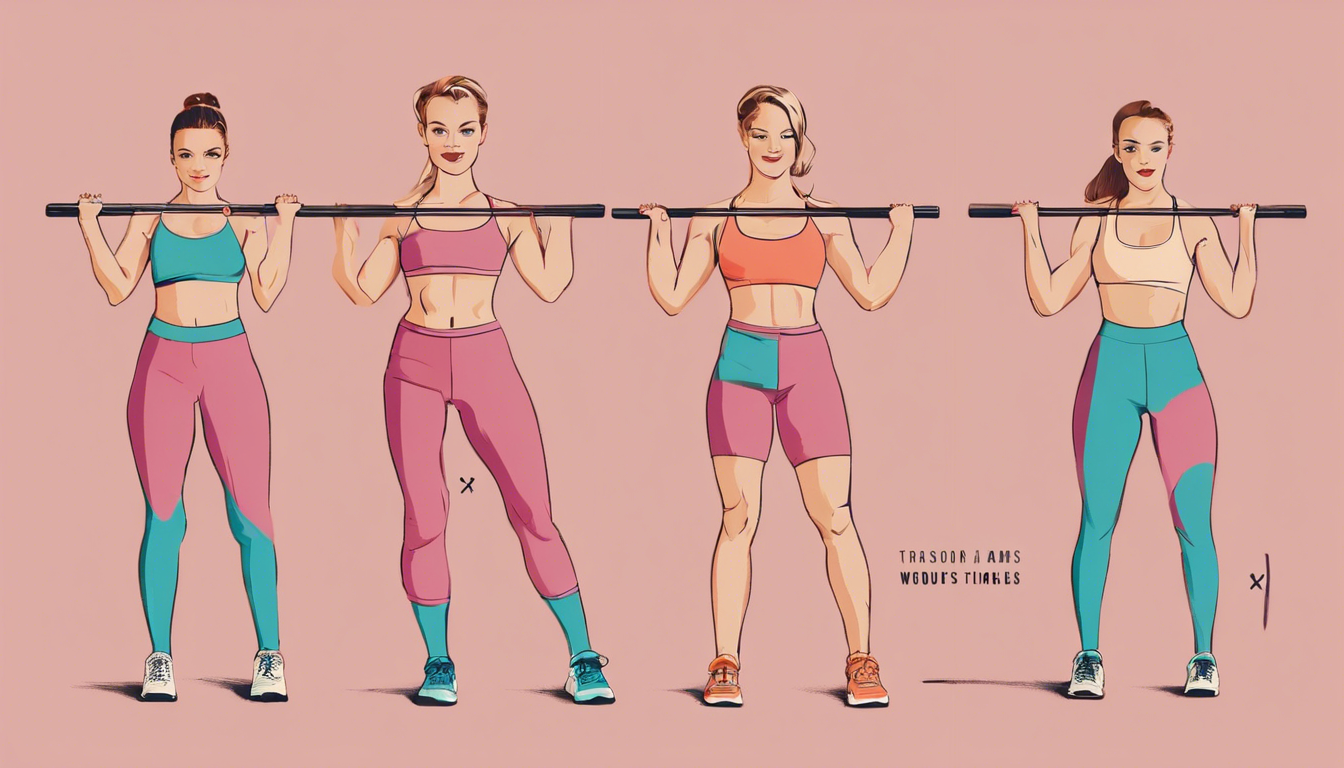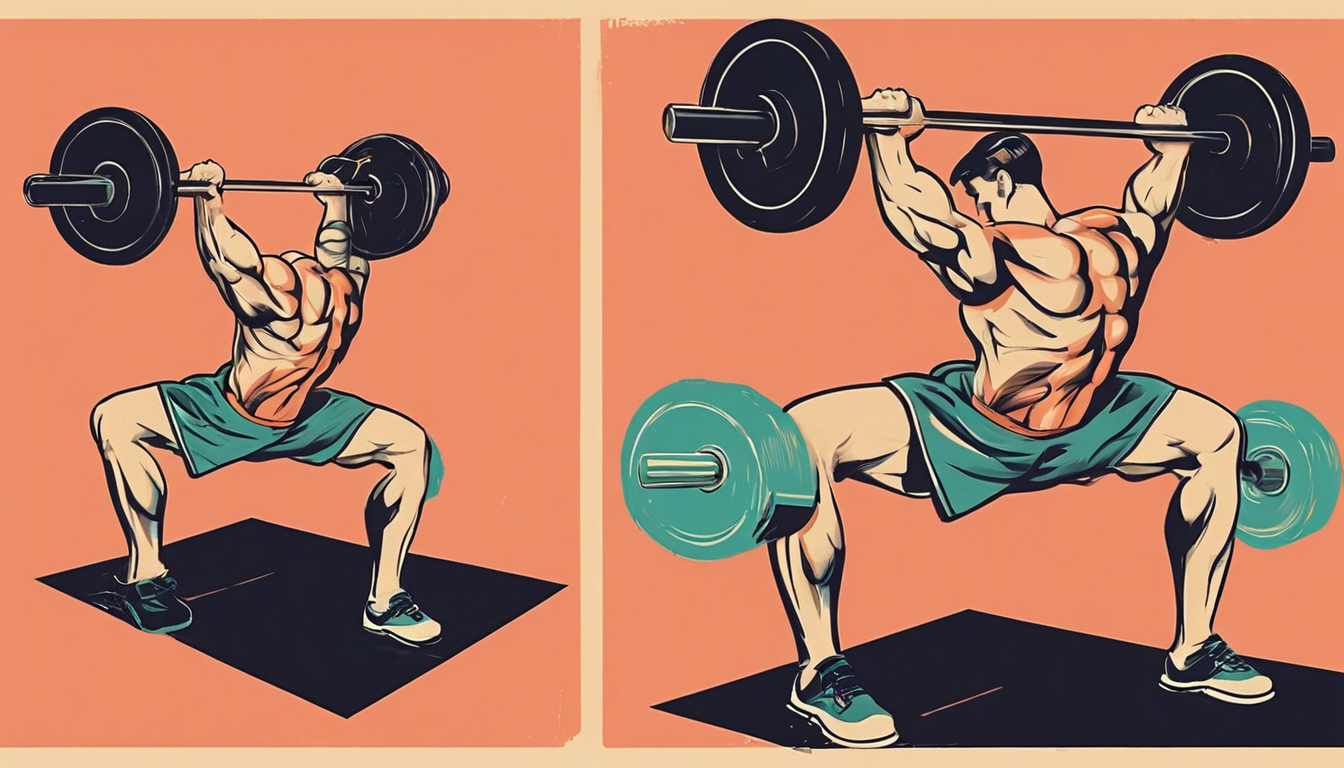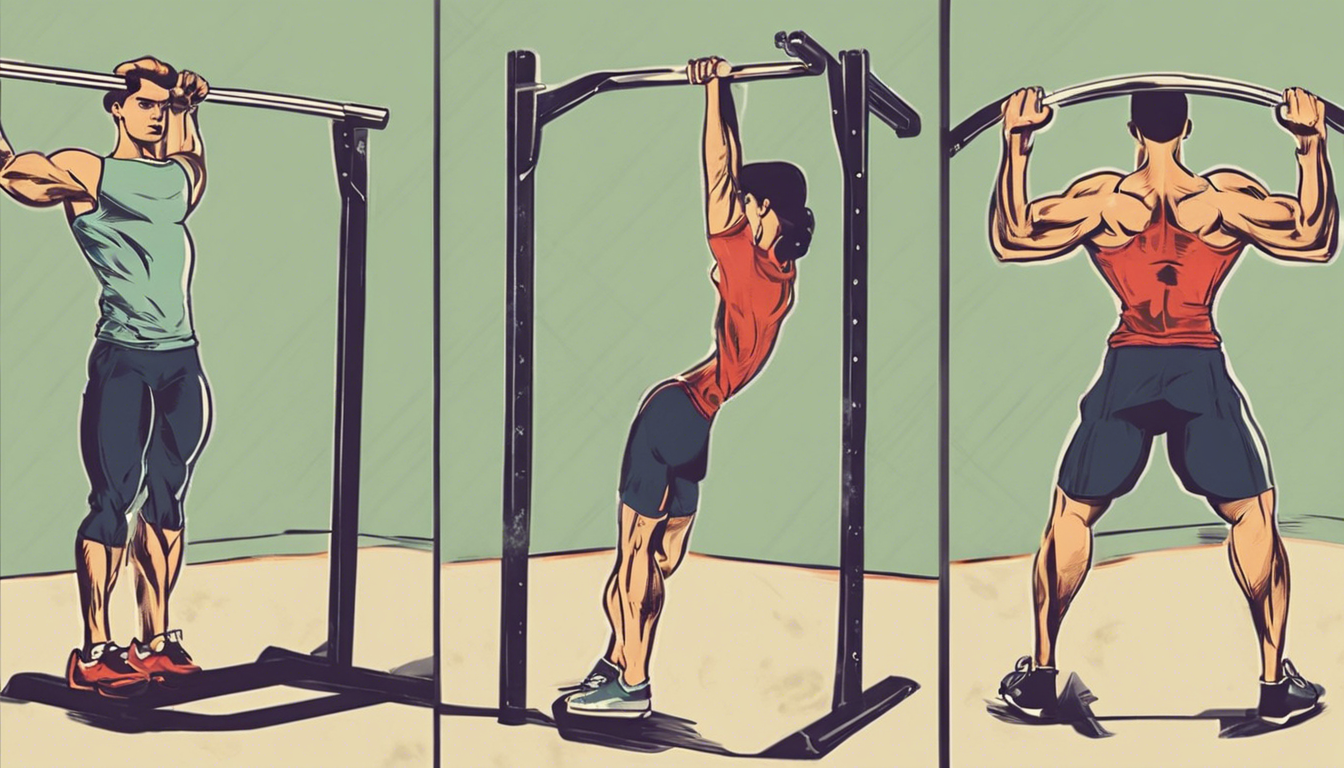
Why Standard Leg Raises Aren’t Enough (And When to Level Up)
The Plateau Problem: Hitting a Wall in Your Core Development
You’ve been diligently doing your leg raises, but lately, something’s off. Your abs no longer feel the burn, and your progress has completely stalled. This is the dreaded plateau. The movement starts to feel too easy, and you might even catch yourself using momentum to swing your legs up, cheating your core out of the work. When your muscles adapt to a stimulus, they stop growing stronger. This is the primary signal that it’s time to introduce a new, more demanding challenge.
Signs You’re Ready for Core-Challenging Leg Raise Variations
How do you know you’re truly ready to advance? First, you should be able to perform 15 or more strict, controlled hanging leg raises with perfect form, feeling the contraction primarily in your abs. Second, and just as important, you have a solid mind-muscle connection with your core. You can consciously engage your rectus abdominis and transverse abdominis to initiate the movement, rather than just feeling your hip flexors do all the work.
5 Core-Challenging Leg Raise Variations to Torch Your Midsection
1. Hanging Knee Tuck to Extension
What it is: This is a dynamic, two-part movement. Start by hanging from a bar and pulling your knees up towards your chest in a tight tuck. From there, explosively extend your legs straight out in front of you until they are parallel to the ground.
Why it’s challenging: This variation doubles the time your muscles are under tension and introduces a powerful, explosive element that standard raises lack. The transition from tuck to extension is where peak core engagement happens.
Pro Tip: The secret to maximizing this exercise is controlling the negative. Don’t just drop your legs back down. Slowly reverse the motion, bringing your straight legs back to the tuck position with control.
2. L-Sit to V-Sit Leg Raise
What it is: Performed on parallettes, dip bars, or even the floor, you start by holding an L-sit position (legs extended straight out parallel to the ground). From there, you lift your legs to a higher angle, forming a “V” shape with your body.
Why it’s challenging: This move demands immense compression strength (the ability to bring your torso and legs together) and significant hip flexor flexibility. It’s a staple in gymnastics for building a rock-solid midsection.
Pro Tip: Focus on pushing your shoulders down and away from your ears. This engages your serratus anterior, a key stabilizer muscle that protects your shoulders and enhances overall core stability.
3. Windshield Wiper Leg Raises
What it is: From a hanging position or lying on your back with legs extended vertically towards the ceiling, you rotate your legs from side to side in a wide arc, mimicking the motion of windshield wipers.
Why it’s challenging: This variation adds a heavy rotational and anti-rotational core demand. As your legs sweep to one side, the opposite side of your core must fire intensely to stop you from swinging, providing an incredible workout for your obliques.
Pro Tip: Initiate the movement from your obliques. Don’t just swing your legs using momentum. Think about using your side muscles to pull your legs down and across your body.
4. Weighted Leg Raises
What it is: The principle of progressive overload applied directly to leg raises. You perform standard hanging or lying leg raises while holding a dumbbell between your feet or using ankle weights.
Why it’s challenging: This is the most straightforward and measurable way to increase the difficulty. Adding external resistance forces your muscles to adapt and grow stronger over time.
Pro Tip: Start surprisingly light. A 5lb or 10lb dumbbell can dramatically increase the difficulty. Ensure you have a secure grip on the weight before beginning the movement.
5. Dragon Flag Leg Raises (The Ultimate Challenge)
What it is: A legendary full-body core exercise popularized by Bruce Lee. You lie on a bench, grip something sturdy behind your head, and lift your entire body into a straight line, hovering just above the bench, resembling a flag.
Why it’s challenging: It requires total body tension and incredible core strength to prevent your hips from sagging. The real test is controlling the negative (lowering) phase with perfect form.
Pro Tip: Master the negative before you even think about the full raise. Lower yourself from the top position as slowly as possible. This eccentric training builds monstrous strength and control.
Choosing Your Weapon: A Quick Comparison of Leg Raise Variations
| Goal | Best Variation(s) | Primary Benefit |
|---|---|---|
| For Raw Strength | Weighted Leg Raises & Dragon Flags | Maximal progressive overload and total core tension. |
| For Dynamic Power & Athleticism | Hanging Knee Tuck to Extension | Develops explosive power and coordination. |
| For Oblique & Rotational Strength | Windshield Wipers | Targets the side abs and improves anti-rotation. |
| For Compression & Gymnastic Skill | L-Sit to V-Sit | Builds the specific strength needed for advanced bodyweight skills. |
Beyond the Six-Pack: The Unique Benefits You Might Not Know
The Hip Flexor & Core Connection
Here’s a unique insight most people miss: Leg raises are not just an ab exercise; they are a masterclass in Integrated Core Function. The common belief is that the abs alone lift the legs, but the real magic—and challenge—lies in the interplay between your core and your hip flexors. The hip flexors are powerful muscles designed to lift the legs. The core’s job during a leg raise is to maintain pelvic and spinal stability while these powerful muscles are firing. If your core is weak, your hip flexors will pull on your spine, causing your back to arch and potentially leading to pain. Mastering leg raises means training your entire torso to work as a cohesive, stable unit under dynamic load, which mimics real-world and athletic movements far better than isolated crunches ever could.
Functional Strength for Lifting and Life
The strength built from these challenging variations translates directly to other areas of fitness and daily life. A stronger, more stable core means you can brace more effectively for heavy compound lifts like squats and deadlifts, allowing you to lift more weight safely. This enhanced stability is also crucial for athletic performance in sports like running, jumping, and throwing, and it plays a vital role in preventing and alleviating non-specific lower back pain by improving overall posture and spinal support.
Core-Challenging Leg Raise Variations: Frequently Asked Questions (FAQs)
I feel it in my lower back, not my abs. What am I doing wrong?
Answer: This is a classic sign of a weak core or poor pelvic control. Your hip flexors are likely dominating the movement and pulling on your lumbar spine. For lying variations, focus on actively pressing your lower back into the floor throughout the entire movement. For hanging raises, engage your glutes and abs hard to prevent your pelvis from tilting forward (anterior pelvic tilt). If you still feel it in your back, regress to an easier variation like bent-knee raises or reverse crunches to build foundational strength.
How often should I train these advanced variations?
Answer: 2-3 times per week is the sweet spot. While your core muscles themselves recover relatively quickly, the connective tissues (tendons and ligaments) in your hips and spine need more time to adapt to these high-stress movements. Training them with high intensity every day can lead to overuse injuries. Always allow for at least one day of rest between intense core sessions.
Are these Core-Challenging Leg Raise Variations safe for someone with a weak core?
Answer: Generally, no. It is crucial to build a solid foundation first. Jumping directly into these advanced moves without the requisite core stability and strength significantly increases your risk of straining your hip flexors or injuring your lower back. You should first master basic exercises like standard leg raises, planks, dead bugs, and hollow body holds to ensure your core can properly stabilize your spine under load.
What’s the single most important form tip for all leg raises?
Answer: Without a doubt, it is to control the eccentric (lowering) phase. While the “raise” is what builds the concentric strength, the controlled lowering is where you build rock-solid stability, muscle density, and true functional control. Lowering your legs slowly under tension forces your core to act as a brake, which is a fundamental aspect of real-world strength and injury prevention.





